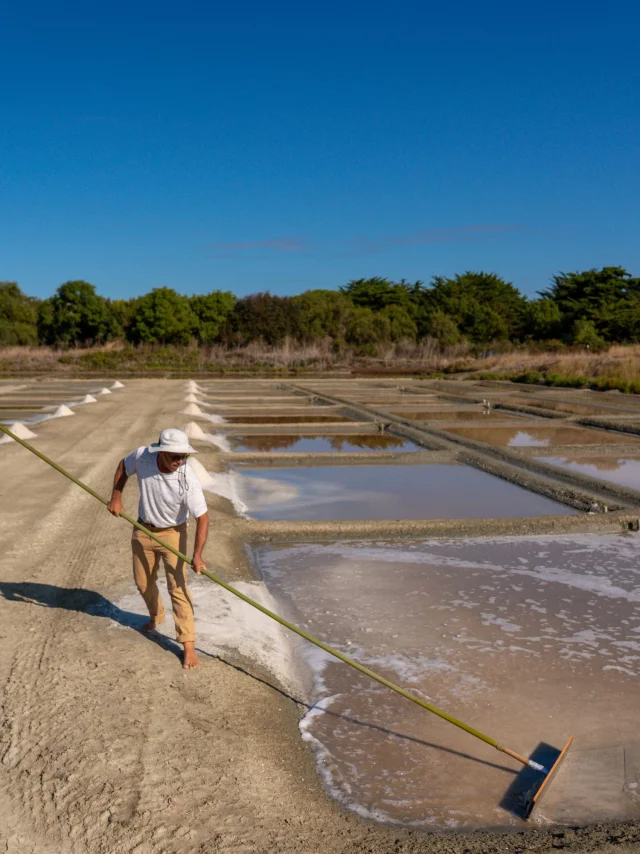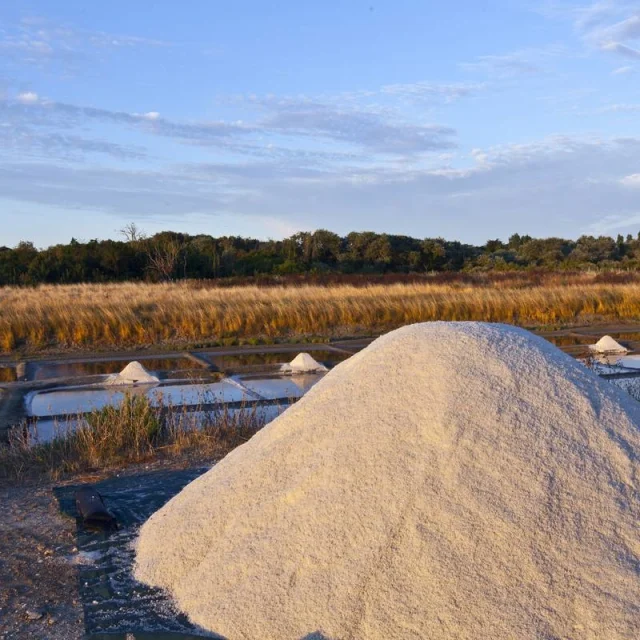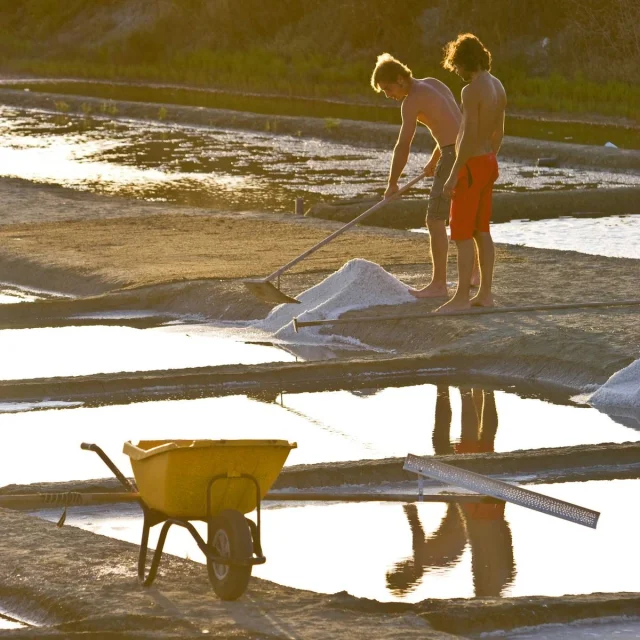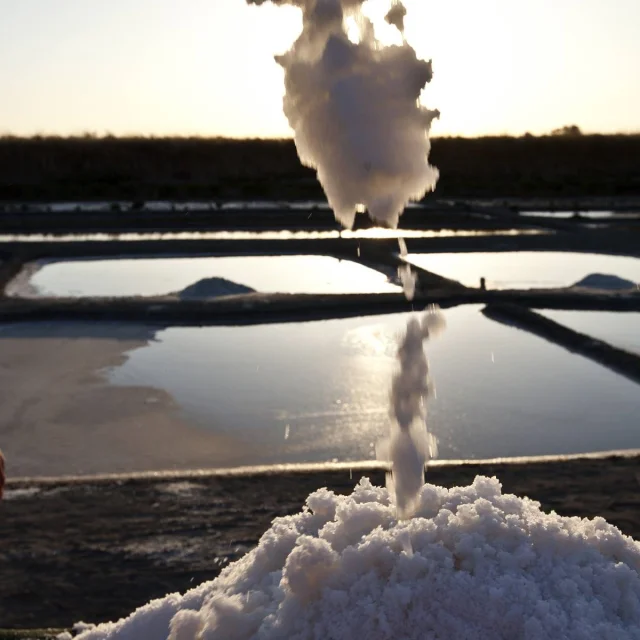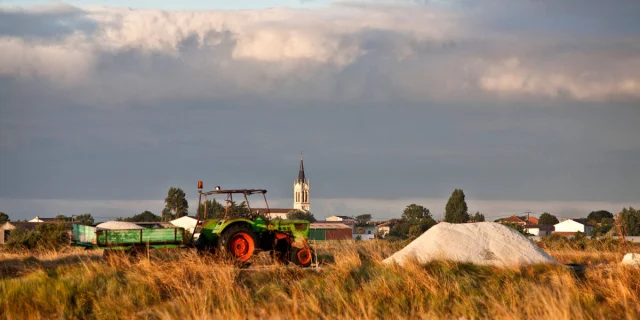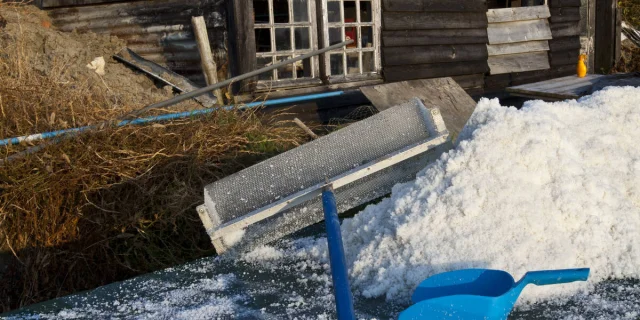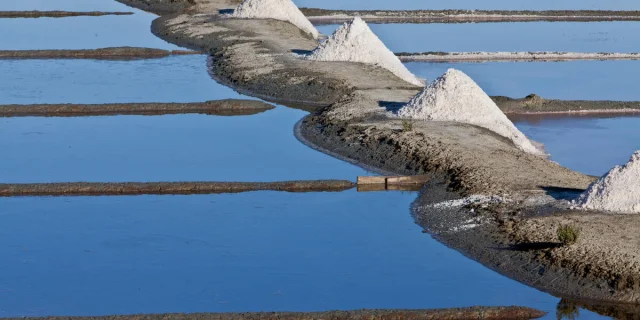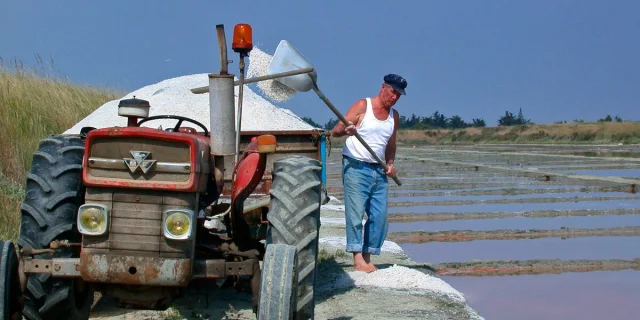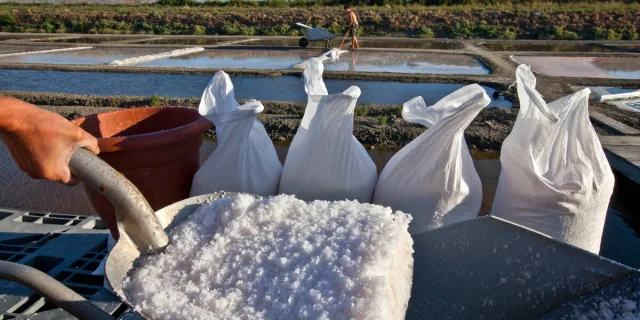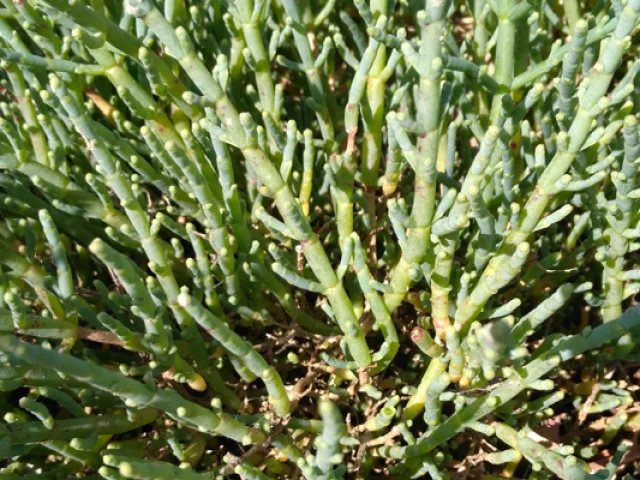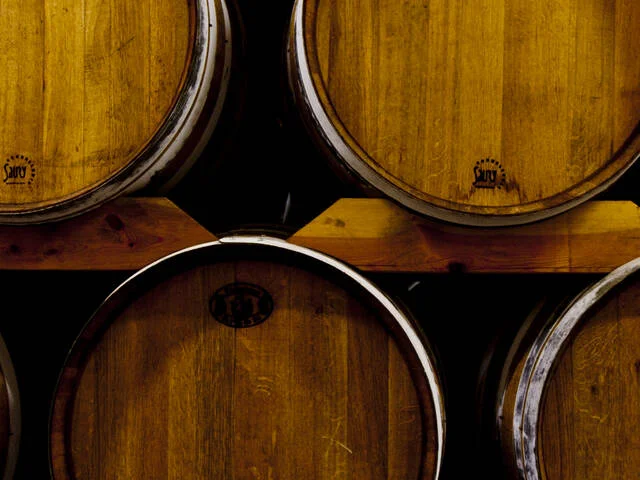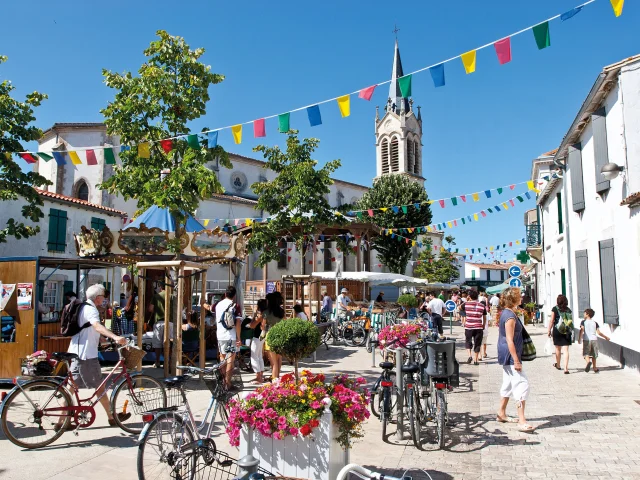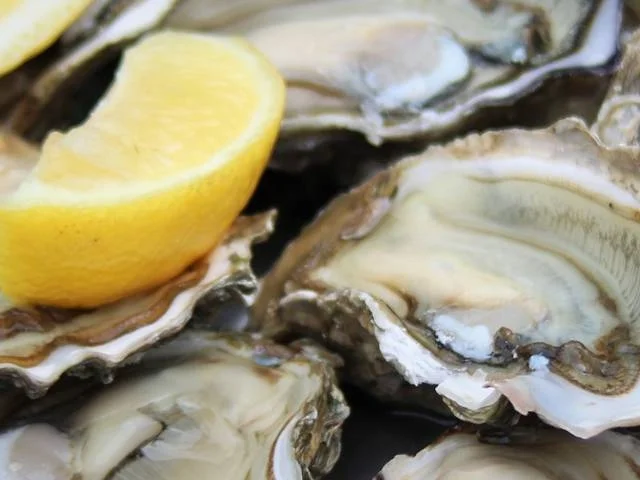A history rooted in tradition
Salt farming on the Île de Ré dates back to the Middle Ages, when Benedictine monks began developing the first salt marshes. Thanks to the island’s mild, windy climate and rich soil, salt production quickly developed, becoming a valuable resource for the island and its inhabitants. Until the 19th century, salt was an essential resource, used not only as a condiment but also for preserving food.
Although the salt industry declined in the 20th century with the rise of industrial production methods, the Ré salt marshes have been preserved and restored. Today, artisanal salt production continues thanks to a handful of passionate salt workers who carry on this unique craft.
The salt workers’ expertise
The salt worker’s craft is a true science of nature and patience. The harvesting process is based on a precise cycle that takes advantage of natural elements: the sun, the wind, and seawater. Salt marshes consist of shallow basins where seawater slowly evaporates under the action of the sun and wind. This process, which takes several weeks, allows salt crystals to form naturally.
The salt worker, thanks to expertise passed down from generation to generation, carefully monitors the basins to harvest two types of salt:
- Coarse salt, which is more common, forms at the bottom of the ponds. It is harvested with a shovel, and its crystals are thicker.
- Sea salt, a real treasure, forms on the surface of the ponds as a thin film under the action of the wind. It is delicately harvested by hand, and its light texture and subtle flavor make it a highly sought-after product in cooking.


